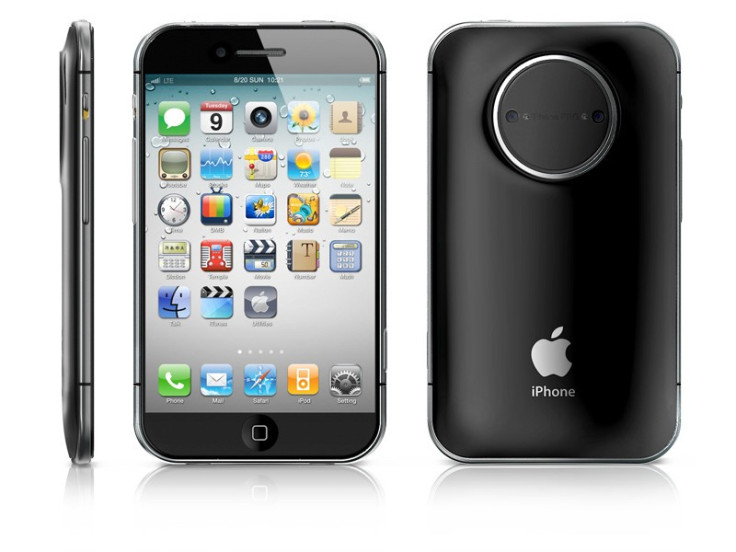Apple iPhone 5 Release: In-Cell Tech, Liquidmetal Body And 3D Camera, Round-up Of Rumours And Specs

Samsung's media invite, for the launch of what the company calls the "next Galaxy" (presumably the Galaxy S3 smartphone) has reignited rumours surrounding the launch of fierce rival Apple Inc.'s own next-gen flagship smartphone, popularly called the iPhone 5.
There are clashing reports suggesting the new iPhone could release either in June or in October. The latter date seems more probable, considering chip maker Qualcomm (supplier of the radio chip expected to be in the next iPhone) faces supply constraints, as detailed in an earlier IBTimes UK report.
But that ought not stop us from enjoying a discussion on and round-up of the latest rumours of the iPhone 5:
In-Cell Touch Tech: The next iPhone could feature a new style of touch display to make the device smaller and lighter. It could be that Apple is considering using in-cell touch panels (made by Sharp and Toshiba Mobile Display). This technology could help Apple do away with extra sensors or glass.
Liquidmetal Technology: Apple may use liquid metal technology for its next smartphone. Liquid metal is an alloy of zirconium, titanium, nickel and copper and should dramatically smoother the outer surface of the phone, according to a report by Korean IT News. Apple reportedly paid Liquidmetal Technologies $20mn for a share of the tech.
3D Camera: A patent filed by the tech giant reveals the company intends to begin working in the field of 3D cameras; these use a different light-centric technology. The cameras will use chrominance and luminance sensors for colour accuracy and should respond to facial gestures and features. Softpedia suggests the next iPhone could feature this tech if the company can assemble required hardware components in time.
A6 Quad-Core Processor: The next iPhone could be powered by the quad-core A6 chip to be supplied, ironically, by Samsung.
"Apple has been in talks with Samsung over shipment of its A6 quad-core mobile processor chips to be used in the next iPhone. It appears that Apple clearly has concluded that Samsung remains a critical business partner," a source has been quoted as saying to T3.
Camera Sensor: The iPhone 5 could feature a streamlined camera sensor, to be developed by Sony. The Japanese firm has already announced a new back-illuminated CMOS sensor will used in the next iPhone; this should, again, make the device slimmer, while enabling enhanced functionalities.
Display: Apple is expected to increase the screen size of the next iPhone from 3.5 inches to 4 inches, to match those of competitors.
"It will be particularly interesting to see what the size of the display will be given that it has not changed thus far since the iPhone was launched with 3.5-inch screen. Competitors have increased their devices to up to 4.3-inch. We would be surprised it the (Apple) did not break from tradition this times and increase the size of the next model," Daniel Ashdown of Jupiter Research, a tech analyst company wrote. Of course, it could also be that Apple chooses to retain the 3.5 inch screen.
Dock Connector: Apple could decide to eliminate the 30 pin connector, in order to make room for features like 4G LTE radio and could replace that with a micro dock.
Near Field Communication: The next iPhone could also feature Near Field Communication technology, for which, according to Tech Radar, the company has filed a patent. The technology is already present in the Google Nexus S and the Samsung Galaxy Nexus.
Price: A 16GB iPhone 4S retails at £499; a 64GB for £699. Given the technology expected in the new iPhone and given the possibility of increased onboard memory space (Apple does not, traditionally, support a microSD card) expect the new iPhone's most high-end model to retail at approximately £799.
MUST READ: Apple's Mini iPad in a Q3 Release? Round-up of Rumours for Specs and Prices and Steve Jobs' View
© Copyright IBTimes 2025. All rights reserved.





















